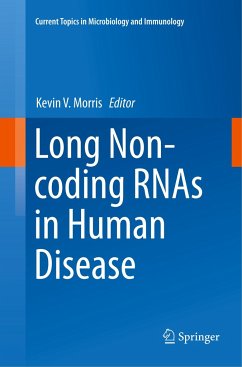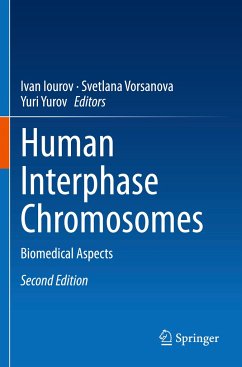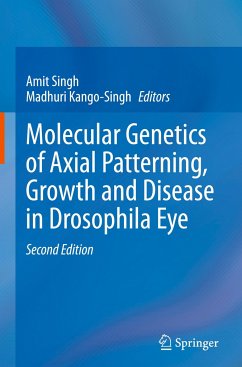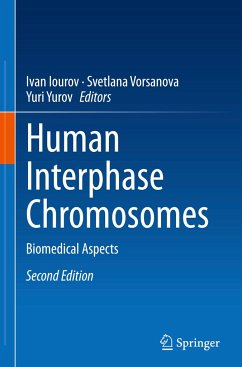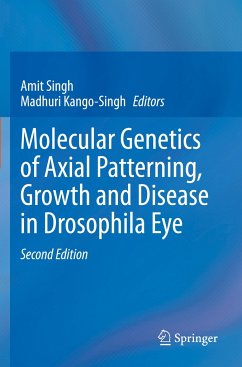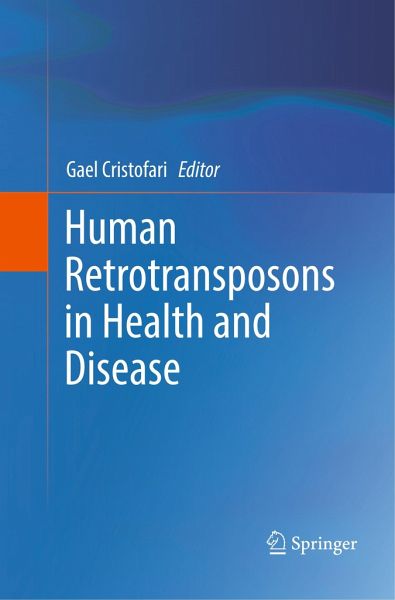
Human Retrotransposons in Health and Disease
Versandkostenfrei!
Versandfertig in 6-10 Tagen
83,99 €
inkl. MwSt.

PAYBACK Punkte
42 °P sammeln!
This unique book explores the role of retrotransposons in human health and disease. The ability of retrotransposons to affect the structure of human genes is recognized since the late 80's. However, the advances of deep-sequencing technologies have shed new light on the extent of retrotransposon-mediated genome variations. These progresses have also led to the discovery that retrotransposon activity is not restricted to the germline - resulting in inheritable genetic variations - but can also mobilize in somatic tissues, such as embryonic stem cells, neuronal progenitor cells, or in many cance...
This unique book explores the role of retrotransposons in human health and disease. The ability of retrotransposons to affect the structure of human genes is recognized since the late 80's. However, the advances of deep-sequencing technologies have shed new light on the extent of retrotransposon-mediated genome variations. These progresses have also led to the discovery that retrotransposon activity is not restricted to the germline - resulting in inheritable genetic variations - but can also mobilize in somatic tissues, such as embryonic stem cells, neuronal progenitor cells, or in many cancers. This book covers topics related to the effects of retrotransposon insertions, and their consequences on germline and somatic genome dynamics, but also discuss the role and impact of retrotransposons sequences in a broader context, including a number of novel topics that emerged recently (long non-coding RNA, neuronal disorders, exaptation) with unexpected connections between retrotransposons, stem cell maintenance, placentation, circadian cycles or aging.





